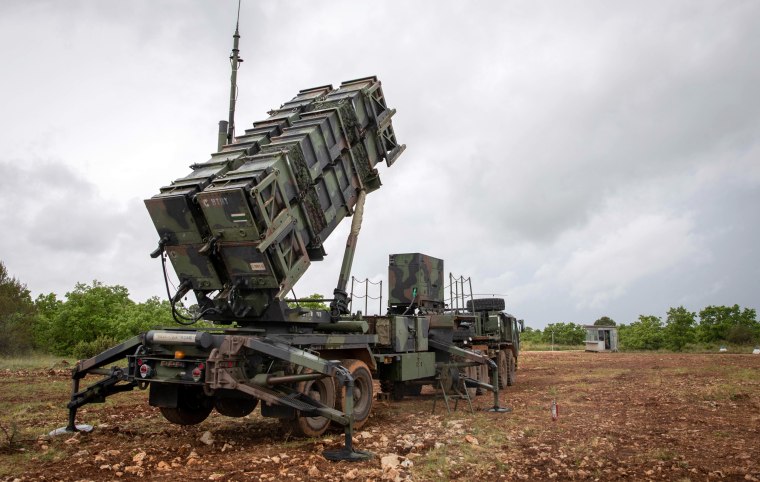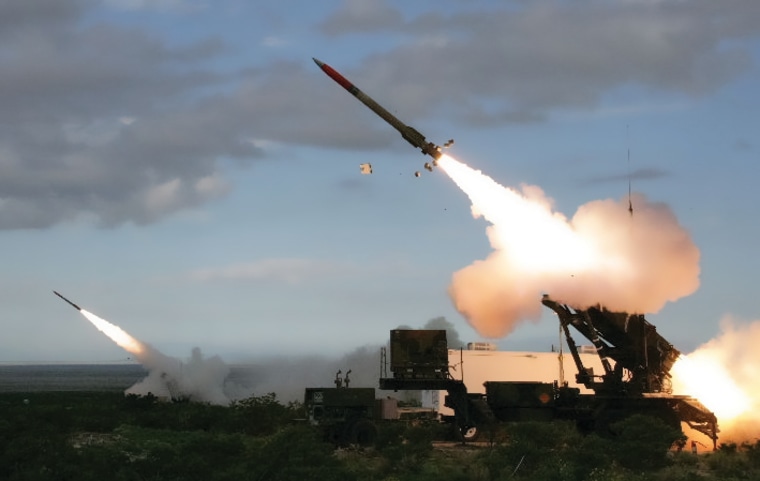Strategic surprises are a rare occurrence, but Ukraine’s inventiveness in producing one after another in the nearly 10-month-old war is on par with Russia’s predisposition to be caught unprepared again and again. The latest in the series of Ukrainian surprises was its apparent double drone strike in the early hours of Dec. 5 on two air bases in Russia, far away from the battleground in eastern Ukraine’s Donbas region. Despite the usual noisy bunch of Russian military bloggers demanding a devastating retribution, all Russia mustered was a long-range missile attack on Ukraine later the same day that wasn’t any different from other recent assaults.
The feeble Russian response to Ukraine’s recent drone attacks suggests the West has room to maneuver.
This episode illuminates why, with the land war stuck in frozen trenches, Russia’s failure to gain dominance in the air has been so crucial in transforming the conflict from a massive Russian offensive to the present-day stalemate. The high command in the Kremlin presumed an easy suppression of Ukrainian air defenses and total control over the skies from day one; these many months later, it still cannot find a solution to this conundrum.
The drone attacks also point to how the West can do more to turn the tide of war in Ukraine’s favor. Right now, the only impactful air strategy Russia is able to execute is repeated missile strikes on Ukrainian energy infrastructure, which is why the U.S. signaling Tuesday that it might be providing Kyiv with a Patriot surface-to-air missile battery, which shoots down incoming rockets with high precision, is a major blow to the Russians.
But the Patriot deployment would take months even in the best circumstances, and the war gives no respite. So the U.S. must do more than provide defensive systems like the Patriot. As new shipments of drones from Iran are reportedly arriving in Russia, Western limitations on providing long-distance offensive capabilities to Ukraine become nonsensical.
Ukrainian forces have so far taken particular care not to use weapon systems supplied by the West for delivering such offensive strikes to avoid further inflaming Russian-Western tensions. While this caution is commendable, it is also counterproductive. And the feeble Russian response to Ukraine’s recent drone attacks suggests the West has room to maneuver.
High-precision strikes on Russian ammunition storages and command posts by multiple-launch rocket systems reportedly from both the United States (HIMARS, or High Mobility Artillery Rocket Systems) and Turkey (TRLG-230s) granted Ukrainian forces crucial advantages in the October-November battle for Kherson. But these weapons cannot reach deep into Russian territory, where reserves are now gathered.
Ukrainians have shown great skill in using drones for tactical tasks and the recent long-distance strikes, so the reluctance in the Biden administration regarding supplying them with the highly efficient MQ-1C Gray Eagle strike drone, which can deliver high-powered missiles over long distances, should be overcome.
Worries about possible overreaction in Moscow tend to spike in Western capitals after every daring Ukrainian attack — for instance, the aerial and maritime drone strike on the Sevastopol naval base on Oct. 29 — only to calm down in a day or two. Indeed, Russian President Vladimir Putin was outraged by the Sevastopol attack and decided to withdraw from the deal that allows export of wheat from Ukraine, but a phone call from the Turkish defense minister reportedly dissuaded him from such an escapade, and the U.N.-approved deal is duly prolonged, so cargo ships keep coming to Odesa.
A re-evaluation of Russia’s readiness to escalate has apparently prompted the Pentagon to give a tacit approval to Kyiv regarding further attacks into Russian territory, so providing Ukraine with the needed high-capacity drones is the logical next step.
The track record of Ukrainian successes in using drones of different designs is already impressive. It began as Russian-armored columns approaching Kyiv from north and east early on were hit repeatedly with TB2 Bayraktar strike drones supplied from Turkey. In the pitched battles during the summer, scores of Ukrainian teams operating commercially available quadcopter drones gathered real-time data that made every round fired by the U.S.-supplied M777 howitzers on Russian artillery positions devastatingly accurate.
Russia has struggled to counter these varied drone threats and cannot deploy matching capabilities because the hugely expensive rearmament programs it executed during the last decade didn’t envisage this need. So without the swarms of drones that could have overwhelmed Ukraine’s air defenses, Russian bombers dare not to venture into the high-risk airspace and instead have to launch their cruise missiles from a distance.

Meanwhile, the Iranian drones reportedly being supplied are no match for what Ukraine and the West have at their disposal. And Russian stocks of both Iranian drones and their own cruise missiles are apparently depleted thanks to the Kremlin’s repeated but increasingly ineffectual strikes on Ukrainian energy infrastructure
At the same time, Ukrainian forces’ creative new drone tactics are making a strategic difference that gives them more hope of victory. The particular significance of the Dec. 5 strike on the Russian air bases at Engels and Diagilevo was the shock it inflicted on the Russian command.
These were long-distance drones attacking positions that had been regarded as absolutely safe, with Russian commentators lamenting that an element of the strategic triad of nuclear capabilities (the Tu-95MS strategic bombers based in Engels) came under direct attack for the first time ever. (There was a moment of anxiety in the West as well, and Secretary of State Antony Blinken found it opportune to clarify that the U.S. “neither encouraged nor enabled” Ukrainian strikes deep into Russia.)
Ukraine’s right to self-defense means it is certainly justified in striking military assets as far into Russia’s vast territory as the Ukrainian forces can reach. Paradoxically, it is Putin’s decision on annexing four Ukrainian regions that has eliminated any difference between an attack on these areas from an attack on the Russian homeland, as Russia’s territorial integrity is de facto compromised and Moscow cannot fake outrage about Ukrainian assaults. Neither can it claim that its strategic triad must be off-limits: The Tu-95MS bombers are constantly used for delivering missile attacks without entering Ukrainian airspace, and so constitute a legitimate target.
Want more articles like this? Follow THINK on Instagram to get updates on the week’s most important political analysis
The material impact from Ukrainian long-distance strikes may be limited, but they definitely add to the deepening discontent in Russia caused by the war of Putin’s choice, the botched mobilization and the economic degradation aggravated by sanctions. The conflict hangs in the balance, and granting Ukraine capabilities to defend its cities from missile attacks by supplying Patriot batteries and to attack Russian military targets deep in the rear with Gray Eagle drones would help to ensure that its victory comes sooner.
